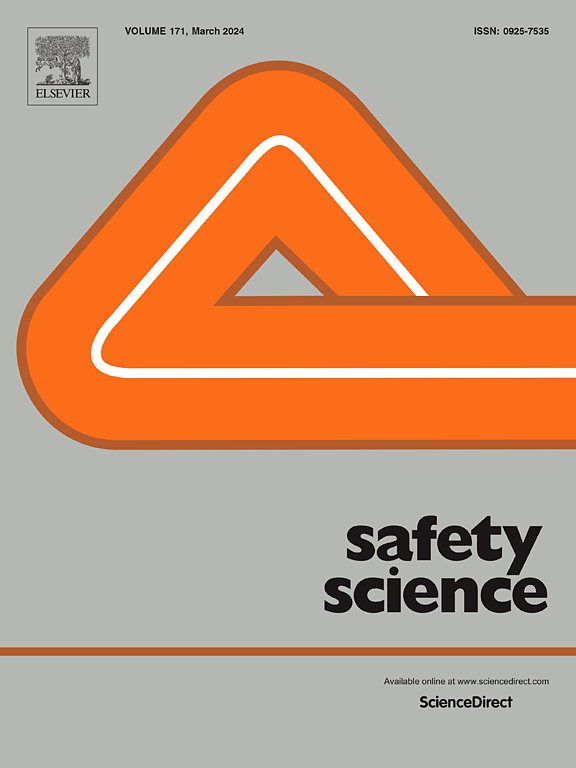Neural correlates of augmented reality safety warnings: EEG analysis of situational awareness and cognitive performance in roadway work zones
IF 4.7
1区 工程技术
Q1 ENGINEERING, INDUSTRIAL
引用次数: 0
Abstract
Work zone crashes and fatalities persist at alarming rates, highlighting the need for innovative safety solutions. Augmented Reality (AR) safety warnings have shown promise, yet their impact on situational awareness, attention, and cognitive workload remains underexplored. To bridge this gap, this study investigates the neurophysiological responses to AR-assisted warnings in roadway work zones under varying workload conditions. Leveraging electroencephalogram (EEG) technology within a virtual reality simulation of work zones, we objectively evaluated post-warning situational awareness, attention, and cognitive load during low-intensity (LA) and moderate-intensity (MA) activities. Key EEG indicators, including beta, gamma, alpha, and theta waves, as well as combined wave ratios, were used to measure these responses. Results revealed that AR warnings effectively triggered neurological responses associated with increased situational awareness and attention across both workload conditions. However, significant differences were observed in the timing and intensity of these responses. In the LA condition, peak responses occurred earlier (within 125 ms post-warning) and were more pronounced, suggesting a more robust cognitive response when physical demands were lower. Conversely, the MA condition showed delayed peak responses (125–250 ms post-warning) and more gradual changes, indicating a potential impact of increased physical activity on cognitive processing speed. These findings underscore the importance of considering physical workload when designing AR-based safety systems for roadway work zones. The research contributes to the understanding of how AR can enhance worker safety and provides insights for developing more effective, context-aware safety interventions in high-risk work environments.
求助全文
约1分钟内获得全文
求助全文
来源期刊

Safety Science
管理科学-工程:工业
CiteScore
13.00
自引率
9.80%
发文量
335
审稿时长
53 days
期刊介绍:
Safety Science is multidisciplinary. Its contributors and its audience range from social scientists to engineers. The journal covers the physics and engineering of safety; its social, policy and organizational aspects; the assessment, management and communication of risks; the effectiveness of control and management techniques for safety; standardization, legislation, inspection, insurance, costing aspects, human behavior and safety and the like. Papers addressing the interfaces between technology, people and organizations are especially welcome.
 求助内容:
求助内容: 应助结果提醒方式:
应助结果提醒方式:


